42 plastids diagram with labels
History of botany - Wikipedia Botany (Greek Βοτάνη - grass, fodder; Medieval Latin botanicus – herb, plant) and zoology are, historically, the core disciplines of biology whose history is closely associated with the natural sciences chemistry, physics and geology.A distinction can be made between botanical science in a pure sense, as the study of plants themselves, and botany as applied science, which studies … Plant Cells: Labelled Diagram, Definitions, and Structure - Research Tweet Plastids and Chloroplasts. Plants make their own food through photosynthesis. Plant cells have plastids, which animal cells don't. Plastids are organelles used to make and store needed compounds. Chloroplasts are the most important of plastids. They convert light energy from the sun into sugar and oxygen. The most exposed parts of the plants ...
Campbell Biology, 12th Edition [12nbsped.] 9780135988046 In Chapter 12, the cell cycle figure (Figure 12.6) now includes cell images and labels describing the events of each phase. Unit 3 GENETICS Chapters 13–17 incorporate changes that help students grasp the more abstract concepts of genetics and …
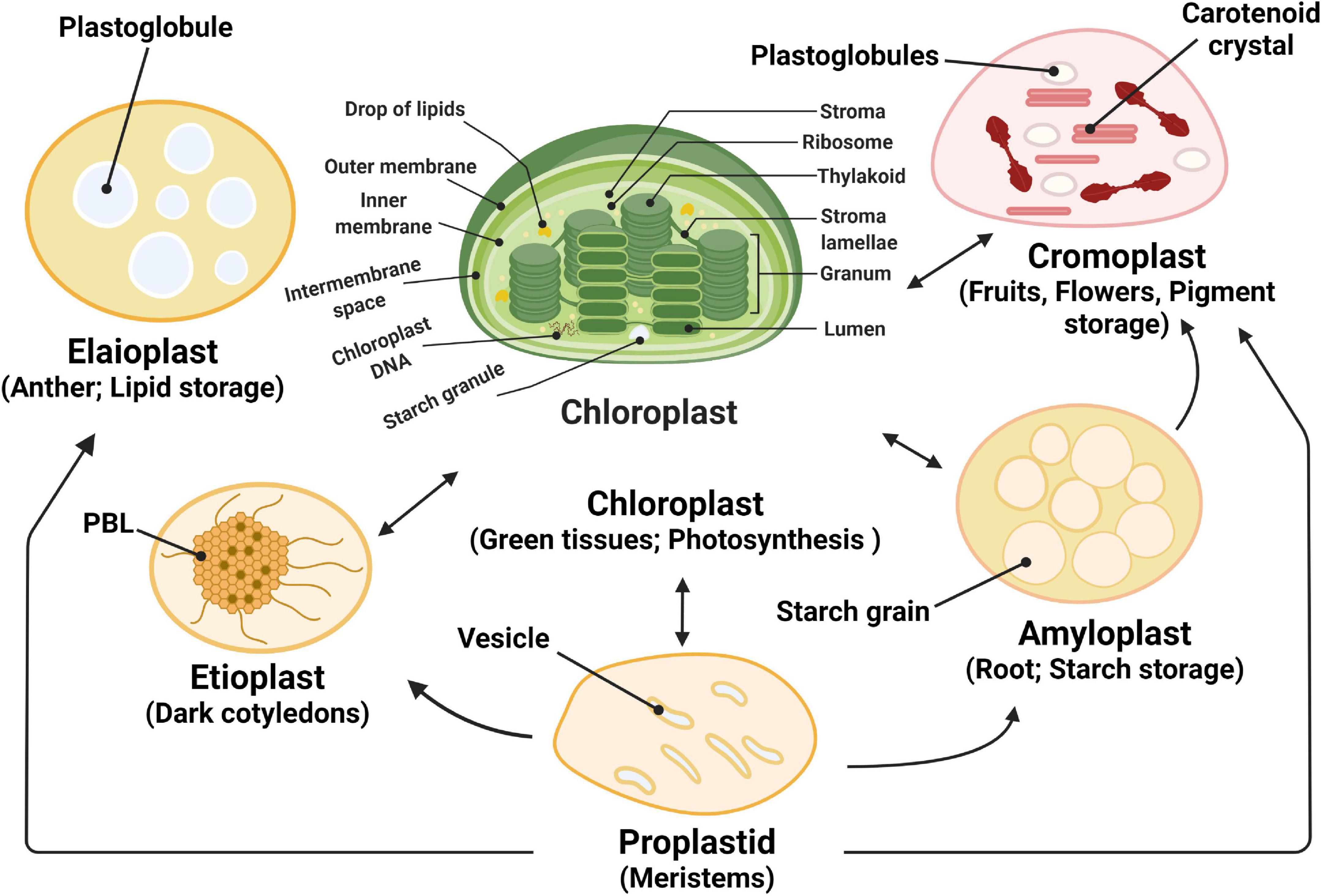
Plastids diagram with labels
Study Notes on Genetics of Plastids (With Diagram) - Biology Discussion In the cytoplasm of the plant cells are found many small cytoplasmic bodies, called plastids. These plastids are of several types, such as, chloroplast, leucoplast, chromoplast and so on. Plastids arise from smaller particles, the proplastids, found in the egg cytoplasm. They reproduce themselves independently of other cell parts by process of ... Microbiome definition re-visited: old concepts and new … The field of microbiome research has evolved rapidly over the past few decades and has become a topic of great scientific and public interest. As a result of this rapid growth in interest covering different fields, we are lacking a clear commonly agreed definition of the term “microbiome.” Moreover, a consensus on best practices in microbiome research is missing. … en.wikipedia.org › wiki › ChloroplastChloroplast - Wikipedia A chloroplast / ˈ k l ɔːr ə ˌ p l æ s t,-p l ɑː s t / is a type of membrane-bound organelle known as a plastid that conducts photosynthesis mostly in plant and algal cells.The photosynthetic pigment chlorophyll captures the energy from sunlight, converts it, and stores it in the energy-storage molecules ATP and NADPH while freeing oxygen from water in the cells.
Plastids diagram with labels. Labeled Plant Cell With Diagrams | Science Trends Plant cells contain many organelles such as ribosomes, the nucleus, the plasma membrane, the cell wall, mitochondria, and chloroplasts. In addition, plant cells differ from animal cells in a number of key ways. Examining a diagram of the plant cell will help make the differences clearer. Let's go over the individual components of plant cells ... dokumen.pub › campbell-biology-12th-edition-12Campbell Biology, 12th Edition [12nbsped.] 9780135988046 ... In Chapter 12, the cell cycle figure (Figure 12.6) now includes cell images and labels describing the events of each phase. Unit 3 GENETICS Chapters 13–17 incorporate changes that help students grasp the more abstract concepts of genetics and their chromosomal and molecular underpinnings. Chloroplast- Diagram, Structure and Function Of Chloroplast - BYJUS Absorbs light energy and converts it into chemical energy. Chloroplast has a structure called chlorophyll which functions by trapping the solar energy and is used for the synthesis of food in all green plants. Produces NADPH and molecular oxygen (O 2) by photolysis of water. Produces ATP - Adenosine triphosphate by the process of photosynthesis. microbiomejournal.biomedcentral.com › articles › 10Microbiome definition re-visited: old concepts and new ... Jun 30, 2020 · The field of microbiome research has evolved rapidly over the past few decades and has become a topic of great scientific and public interest. As a result of this rapid growth in interest covering different fields, we are lacking a clear commonly agreed definition of the term “microbiome.” Moreover, a consensus on best practices in microbiome research is missing. Recently, a panel of ...
Plant Cell- Definition, Structure, Parts, Functions, Labeled Diagram Figure: Labeled diagram of plant cell, created with biorender.com The typical characteristics that define the plant cell include cellulose, hemicellulose and pectin, plastids which play a major role in photosynthesis and storage of starch, large vacuoles responsible for regulating the cell turgor pressure. en.wikipedia.org › wiki › Endomembrane_systemEndomembrane system - Wikipedia Once the modification process is completed, the Golgi apparatus sorts the products of its processing and sends them to various parts of the cell. Molecular identification labels or tags are added by the Golgi enzymes to help with this. After everything is organized, the Golgi apparatus sends off its products by budding vesicles from its trans face. Plastids: Definition, Diagram, Types, and Plastid Function - Embibe Plastids are found in the cells of plants and algae that are responsible for manufacturing and storing food. These are double-membrane organelles that contain pigments helpful in Photosynthesis and also govern the change in the colours of the cells. The plastid is a semi-autonomous, self-reproducing organelle. Plastids are remnants of a photosynthetic organism that was engulfed by the host ... Plant Cell-Definition, Structure, Parts, Functions, Labeled Diagram Figure: Labeled diagram of a plant cell, created with biorender.com. The plant cell is comprised of cellulose, hemicellulose, and pectin, as well as plastids, which are essential for photosynthesis and starch storage, and enormous vacuoles that control cell turgor pressure. ... Plastids, Mitochondria, Central vacuoles, Endoplasmic reticulum ...
Animal Cell Drawing Without Labels / animal cell unlabeled diagram ... Without at least 1 cell, an organism can't live. Except the protozoan euglena no animal cell possesses plastids. Tattoo animal cell diagram without. Here presented 54+ animal cell drawing images for free to download, print or share. An easy and convenient way to make label is to generate some ideas first. Animal cell anatomy diagram structure with all parts nucleus smooth rough endoplasmic reticulum cytoplasm golgi colorful vector illustration of animal cell. Plastids: Everything You Need to Know and More Plastids structure diagram labeled. Types of Plastids. Types of plastids diagram with relationships. There are a diverse array of plastids found in plants and other eukaryotes, which have been specialized for distinct functions. Typically, all plastids develop from the progenitor proplastid. Further, one type of functional plastid may rapidly ... Free Printable Plant and Animal Cells Worksheets - Homeschool … Jun 27, 2022 · Animal Cell Diagram. Worksheets of animal cell diagrams help your students to visually see what the animal cell looks like and identify visually the parts that make up the animal cell. Blank, Labeled, and Coloring Animal Cell Diagram – Grab these three free diagrams. One is labeled for studying and reference, the second is labeled but needs ... Plastids: Types, Structure and Function (With Diagram) - Biology Discussion Types of Plastids in Cell: Plastids may be coloured or colourless and are of three types. The leucoplasts are the colourless plastids principally serving the purpose of storage. On the basis of nature of storage compound, leucoplastids are amyloplasts (starch), elaioplasts (oil) or aleuroplasts (protein). The green plastids or chloroplastids ...
en.wikipedia.org › wiki › History_of_botanyHistory of botany - Wikipedia Botany (Greek Βοτάνη - grass, fodder; Medieval Latin botanicus – herb, plant) and zoology are, historically, the core disciplines of biology whose history is closely associated with the natural sciences chemistry, physics and geology.
Localization and distribution of YFP-labeled plastids in elongating ... Download scientific diagram | Localization and distribution of YFP-labeled plastids in elongating pollen tubes. (A) Plastids in pollen tubes of ACT1p::TP FtsZ1-YFP plants. YFP fluorescence or ...
Plant Cell Diagram And Label : Draw A Diagram Of A Plant Cell And Label ... Plant Cell Diagram And Label : Draw A Diagram Of A Plant Cell And Label It S Any Four Parts Studyrankersonline / Plant cell has unique structures like plastids(chloroplast, leucoplast ) , cell wall and.. Like animal cells, plant cells are eukaryotic. In spite of these similarities there are lots of ways in.
Structure of 3-oxoacyl-(acyl-carrier protein) synthase II from … May 01, 2008 · The amino-acid sequences of KAS I and KAS II share 38% identity and their functions are closely related, catalyzing the condensation of acyl-ACP with malonyl-ACP. In plastids, KAS I extends C 4 in the substrate to C 16 in six rounds of elongation, whereas KAS II carries out an additional step to give a C 18 product (Olsen et al., 2001 ).
› pmc › articlesStructure of 3-oxoacyl-(acyl-carrier protein) synthase II ... May 01, 2008 · The amino-acid sequences of KAS I and KAS II share 38% identity and their functions are closely related, catalyzing the condensation of acyl-ACP with malonyl-ACP. In plastids, KAS I extends C 4 in the substrate to C 16 in six rounds of elongation, whereas KAS II carries out an additional step to give a C 18 product (Olsen et al., 2001 ).
Endomembrane system - Wikipedia The endomembrane system is composed of the different membranes (endomembranes) that are suspended in the cytoplasm within a eukaryotic cell.These membranes divide the cell into functional and structural compartments, or organelles.In eukaryotes the organelles of the endomembrane system include: the nuclear membrane, the endoplasmic reticulum, the Golgi …
Plastids- Definition, Structure, Types, Functions and Diagram Plastids Definition. Plastid is a double membrane-bound organelle involved in the synthesis and storage of food, commonly found within the cells of photosynthetic plants. Plastids were discovered and named by Ernst Haeckel, but A. F. W. Schimper was the first to provide a clear definition. They are necessary for essential life processes, like ...
Plastids - Different types of Plastids and their functions in ... - BYJUS Algae inherit plastids from one parent only. The inheritance of the plastids-DNA seems to be 100% uniparental. In hybridisation, the inheritance of plastid seems to be more erratic. Also Refer: Difference between mitochondria and plastids. Register with BYJU'S to learn more in detail about Plant Cell, Plastids, Types, Structure and its functions.
Plant Cell: Diagram, Types and Functions - Embibe Exams Based on the type of pigment, they are of Plastids are of three types: a. Chromoplasts: They are yellow or red in colour due to the presence of carotenoids. They are found in fruits, flowers and leaves. b. Leucoplasts: They are colourless plastids, which generally occur near the nucleus in non-green cells. They are further of three types depending upon the type of food stored like Amyloplasts that store starch, Aleuroplasts the store proteins and Elaioplasts that store lipids
Bio 2 Exam 1, bio 1407 exam 2, bio exam 4 Flashcards | Quizlet Lamarck's ideas on evolution were adopted by some Russian scientists, including Michurin and Lysenko in Stalinist Russia. Their textbooks printed Lysenko's assertions that a wheat plant could be made cold-hardy by conditioning in cold storage, or that workmen who develop strong muscles would produce children who were stronger.
Plastids - Definition, Types, Main Structure and Function Chloroplasts are plastids that are located in the mesophyll cells on plant leaves. Here, chloroplasts form a monolayer as they are pressed against the cell wall by the vacuole.Some chloroplasts can also be found in the epidermal cells of the plant, but are less developed compared to those found in mesophyll cells. For different plant species and even within the plant, chloroplasts vary in size.
Algae as a Photosynthetic Organism - Algae Basics | Coursera So, the diagram on the right represents the chloroplast, but also in many ways would represent the fundamental structure, and function of a cyanobacterium. Digging down even at a finer scale, photosynthesis at the molecular scale. On the left is a diagram of the membrane, which is the linear pattern that you see there.
Chloroplast - Wikipedia A chloroplast / ˈ k l ɔːr ə ˌ p l æ s t,-p l ɑː s t / is a type of membrane-bound organelle known as a plastid that conducts photosynthesis mostly in plant and algal cells.The photosynthetic pigment chlorophyll captures the energy from sunlight, converts it, and stores it in the energy-storage molecules ATP and NADPH while freeing oxygen from water in the cells. The ATP and NADPH …
Plastids: Definition, Structure, Types, Functions and Diagram Plastids are double-membrane organelles that contain pigments that are helpful in the process of Photosynthesis and govern the change in the colours of the cells. Plastids also act as storage devices for starch and help in the synthesis of various molecules like fatty acids and terpene. They are found in plants and algae and are responsible for ...
quizlet.com › 293970275 › bio-2-exam-1-bio-1407-examBio 2 Exam 1, bio 1407 exam 2, bio exam 4 Flashcards | Quizlet Lamarck's ideas on evolution were adopted by some Russian scientists, including Michurin and Lysenko in Stalinist Russia. Their textbooks printed Lysenko's assertions that a wheat plant could be made cold-hardy by conditioning in cold storage, or that workmen who develop strong muscles would produce children who were stronger.
Botany Exam 1 Chs. 1, 2, 3, 4, 5, 6, 7, 12, and 16 Quizzes Mitosis, or the division of a mother cell's nucleus into two identical daughter nuclei, is typically divided into four phases. Match each of the labels to identify what events take place during each phase of mitosis. 1. Prophase 2. Metaphase 3. Anaphase 4. Telophase A) Chromosomes are aligned at the equator of the cell and the spindle is fully ...
en.wikipedia.org › wiki › ChloroplastChloroplast - Wikipedia A chloroplast / ˈ k l ɔːr ə ˌ p l æ s t,-p l ɑː s t / is a type of membrane-bound organelle known as a plastid that conducts photosynthesis mostly in plant and algal cells.The photosynthetic pigment chlorophyll captures the energy from sunlight, converts it, and stores it in the energy-storage molecules ATP and NADPH while freeing oxygen from water in the cells.
Microbiome definition re-visited: old concepts and new … The field of microbiome research has evolved rapidly over the past few decades and has become a topic of great scientific and public interest. As a result of this rapid growth in interest covering different fields, we are lacking a clear commonly agreed definition of the term “microbiome.” Moreover, a consensus on best practices in microbiome research is missing. …
Study Notes on Genetics of Plastids (With Diagram) - Biology Discussion In the cytoplasm of the plant cells are found many small cytoplasmic bodies, called plastids. These plastids are of several types, such as, chloroplast, leucoplast, chromoplast and so on. Plastids arise from smaller particles, the proplastids, found in the egg cytoplasm. They reproduce themselves independently of other cell parts by process of ...





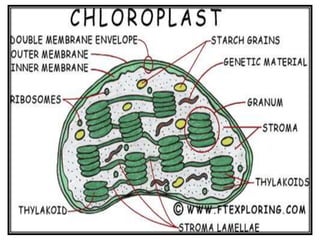



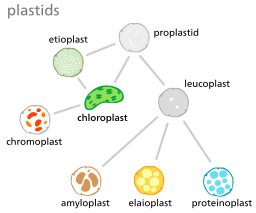
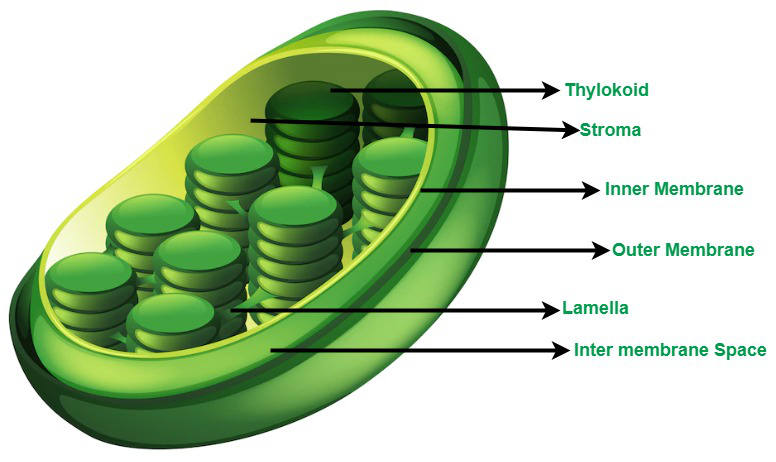



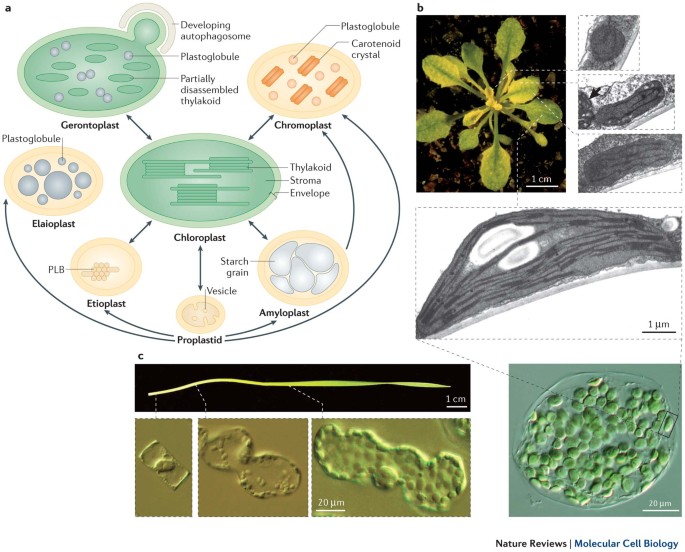
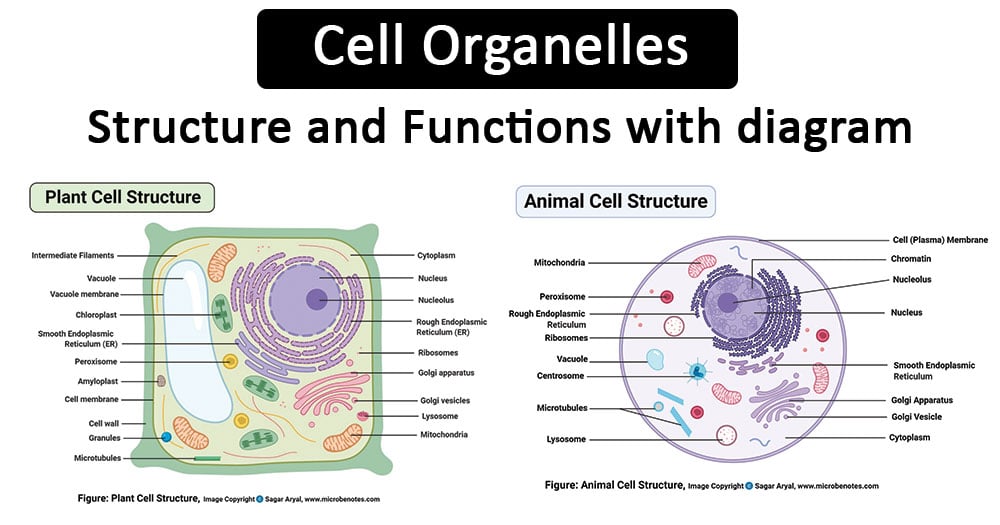






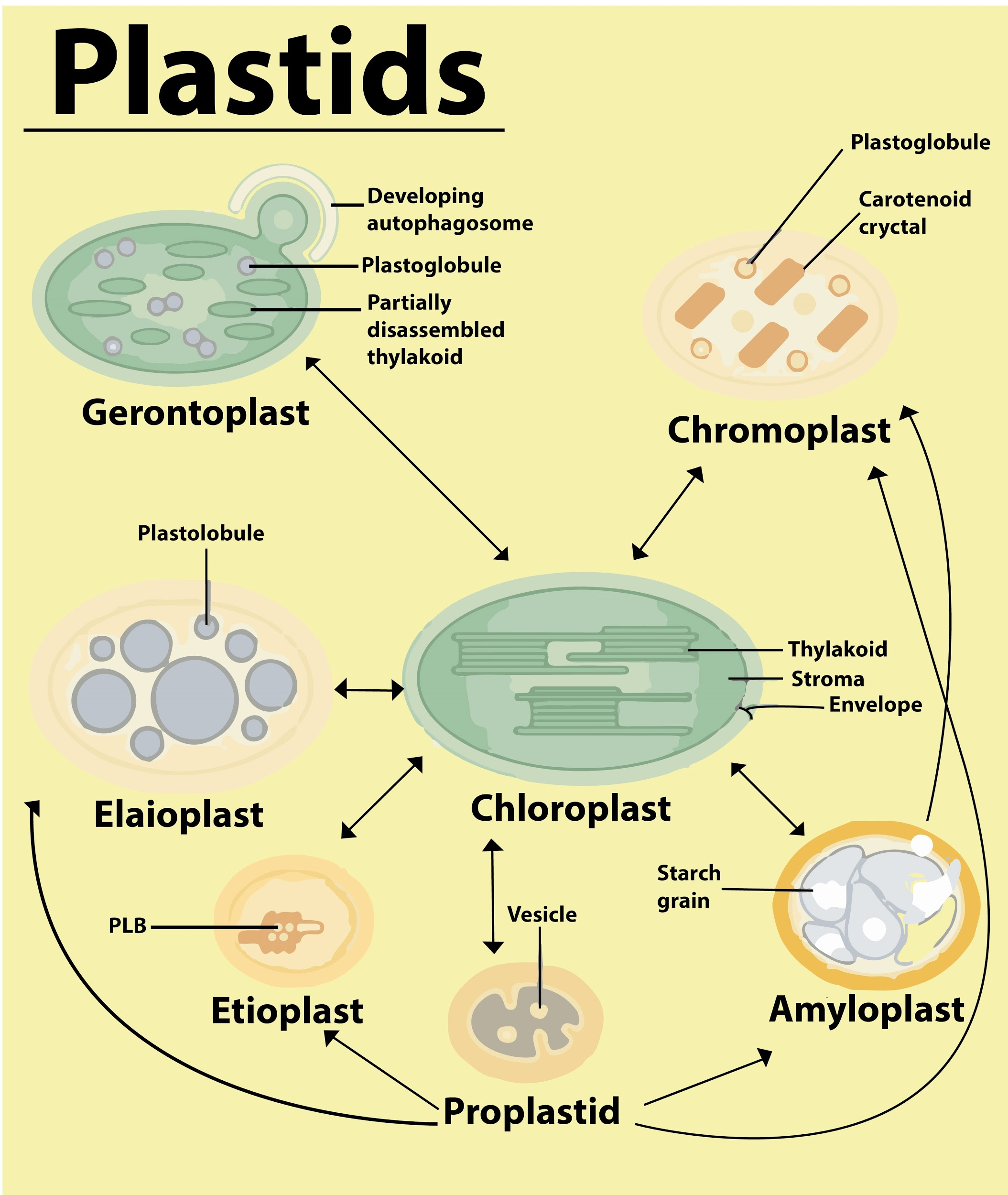
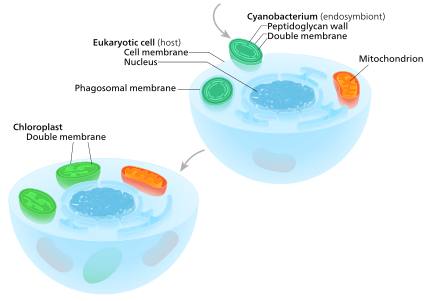
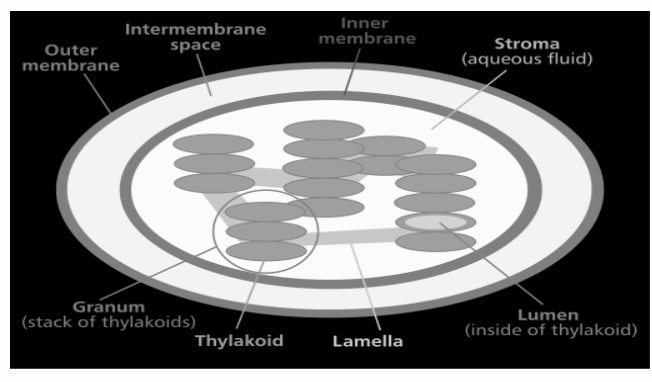

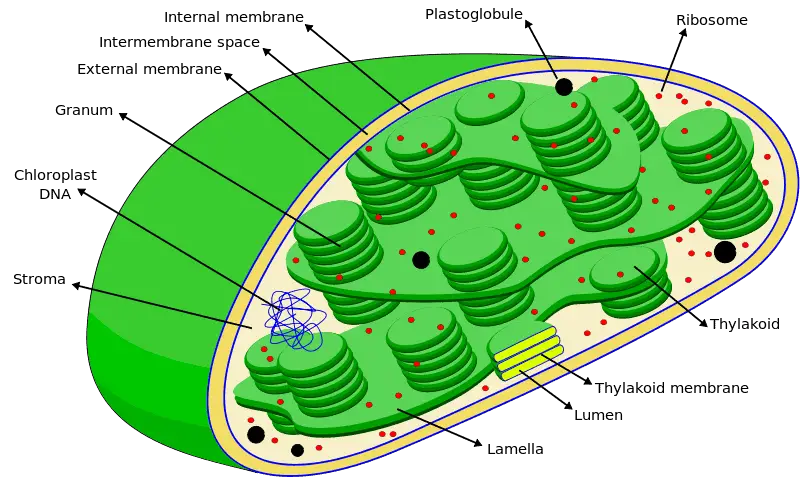


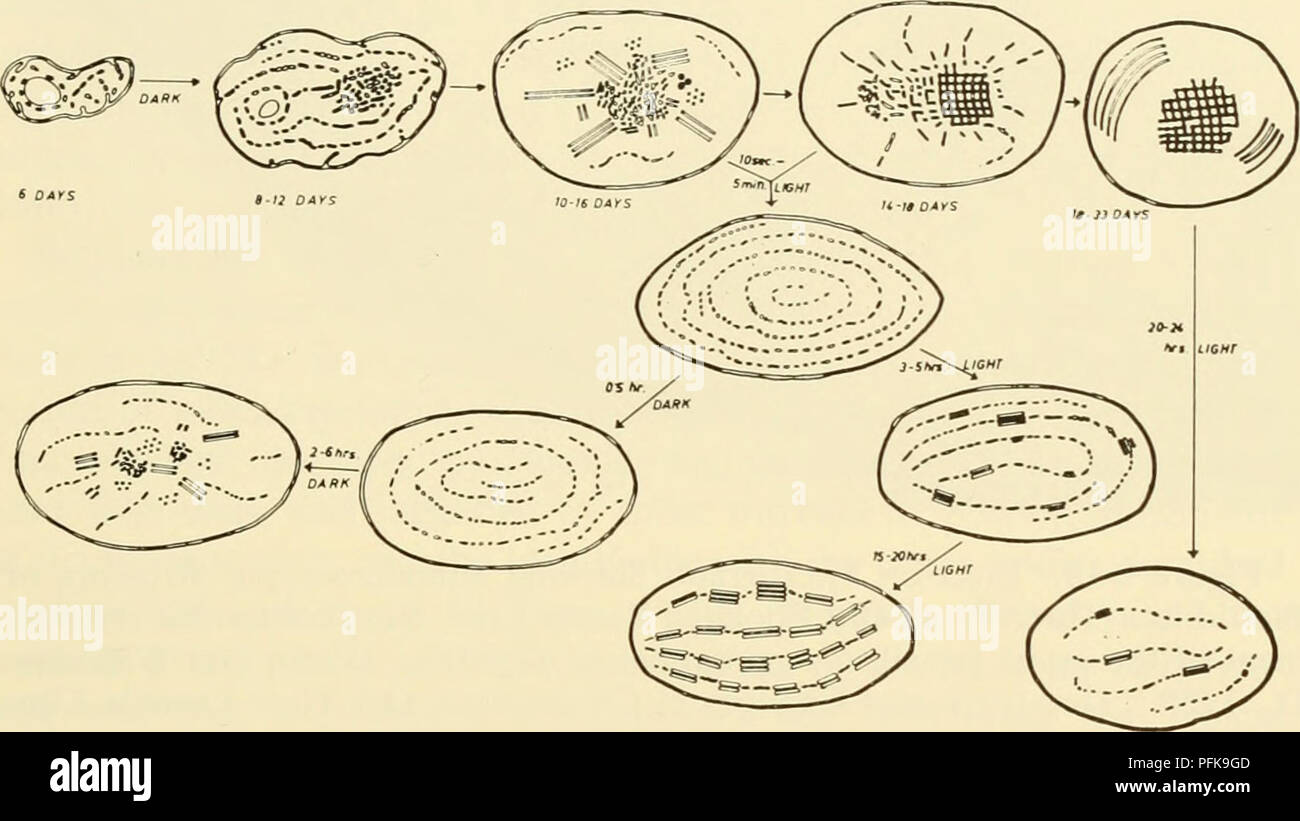


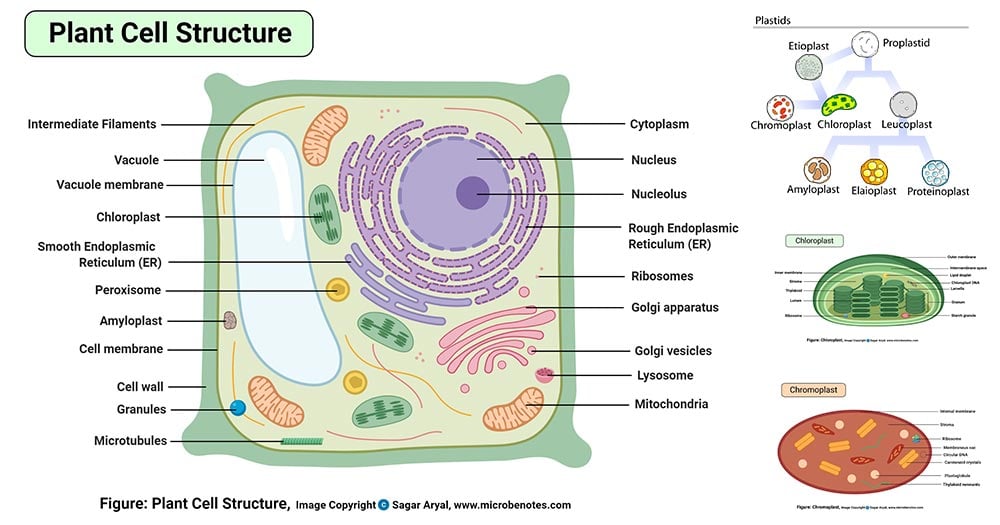
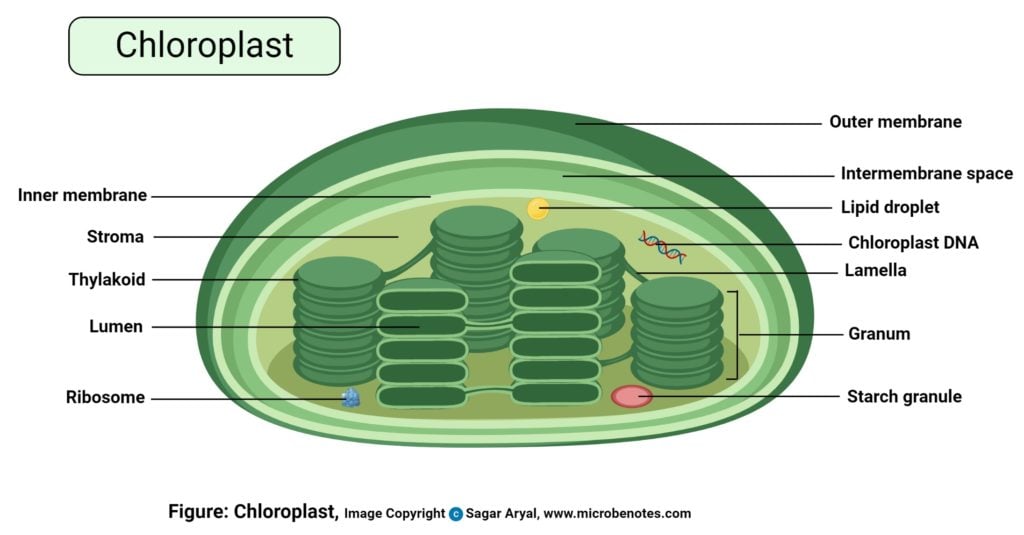
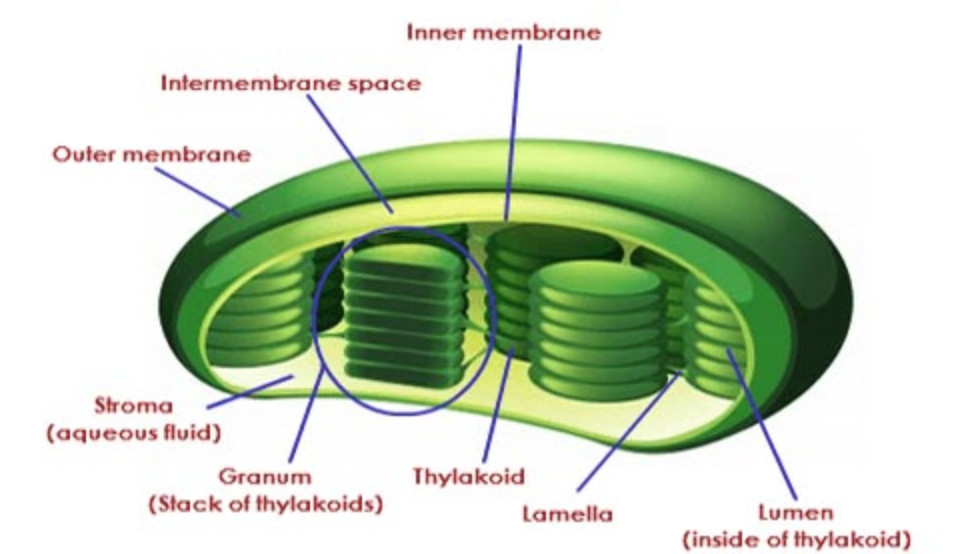
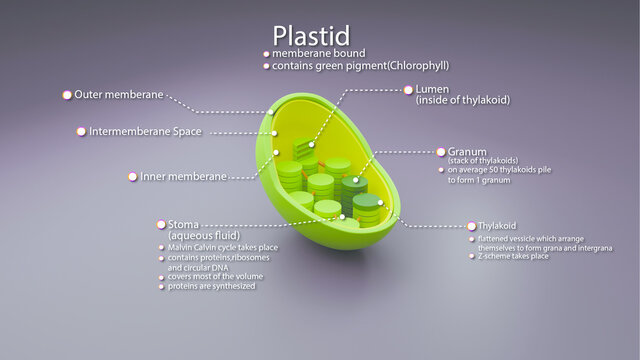

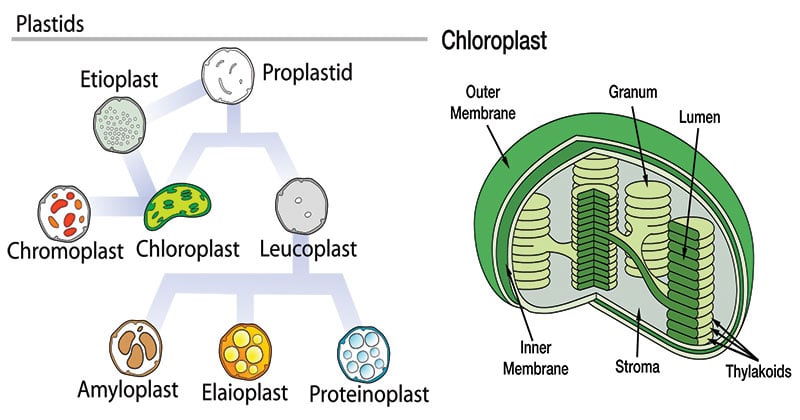
Post a Comment for "42 plastids diagram with labels"